festivalgoer, because not everything is going to be music, sun and beach, we invite you to browse through the evolution of an authentic city that went from being a commercial port to the European center of tourism, and that today is reinventing itself to become referent of cultural tourism.
Not everyone knows it, but certainly Cross port it is loaded with history. Although it is now an 'alternative' vacation destination that offers the 21st century visitor unique and original experiences, this municipality in the north of Tenerife (the smallest on the island with 8.7 km2) was the place where tourism began in the Canary Islands in the first decades of the 19th century.
There are even those who say that this city was always touristy, even when what is now known as tourism did not exist. In fact, there are archaeological evidence ⎼necropolises and burial caves⎼ that bear witness to how the island's aborigines, the guanchesThey moved to the coast of Orotava Valley in search of a more pleasant climate to spend the winter months. Come on, some precursors of tourism in high season.
And it is that when making trips for the pleasure of knowing other cultures, landscapes turned out to be exotic, and the spectacular nature of the natural environment, the mild climate and the sky of the Port had called the attention of many scientific expeditions who in the 18th century and the first half of the 19th century visited the island on their way to America, Africa or the East. You know why? Well, because of the proximity to which It was believed then that it was the highest mountain in the world, the Teide, venerated both by merchants and navigators as well as by travelers.
But the imposing volcano was not the only thing that allowed the development of tourism in the Canary Islands, and in particular in Puerto de la Cruz, since its geographical and historical singularities they made merits to lift him up in the number one of the tourist destinations par excellence, displacing Madeira and Europe.
From the first decades of the 19th century, and after the opening of the waters of the Atlantic at the end of the Napoleonic wars, British people with health problems began to arrive on the island in search of a climate that would better favor their convalescence, that is, a health resort. AND Cross port, at that time the main port of the island, became the first tourist destination in Tenerife and the Canary Islands.
One of the discoverers of the touristic and curative qualities of the Port was William Robert Wilde, one of the most recognized figures in medicine in Victorian Britain and father of writer Oscar Wilde. He made a visit to the valley of La Orotava and recommended Puerto de la Cruz as a better destination than Madeira and the Italian and French Rivieras, it was an unparalleled propaganda accolade for the city.
But therapeutic holidays were not the only objective of visitors to the municipality at that time. there was also “hikers” for leisure or pleasure. The historian Nicolás González Lemus tells us that “in 1848 a British expedition arrived from Madeira to take an excursion to Teide”. Long before the first tour organized by Thomas Cook to the Alps!
One could not speak of a tourist movement such as today, neither Tenerife nor the rest of the archipelago had a solvent accommodation infrastructure, and yet Cross port It had some hotel establishments. The first inn in the Canary Islands it was opened there in 1814 when an English carpenter rented a house on Zamora Street to make it the lodging place for many British people. And this was the origin of later significant projects that began to consider tourism as an economic activity, as is the case of the Marquesa, Monopol and Buenavista hotels and the representative Hotel Taoro.
The most significant of all was the first sanatorium of the Canary Islands to welcome sick tourists, the Hotel Orotava, which opened on September 12, 1886 as first Spanish tourist center in Europe with services designed to provide rest, comfort and personalized attention to foreign visitors.
It is from then on Puerto de la Cruz is consecrated as the first tourist enclave of the Canary Islands. Among the anecdotes that are told of the time, it is said that in the winter of 1887-1888 it was recorded the first overbooked of the history of tourism in the Canary Islands, given the success of the call of this city among British visitors.
Cross port then lived great moments. Today tourism has changed but the city continues to preserve an exuberant physical and natural setting, a temperate climate with warm summers and pleasant winters, a historic center where tradition and modernity coexist and a cultural offer that is more than attractive for those who are no longer satisfied with spend the holidays lying on the beach.







































